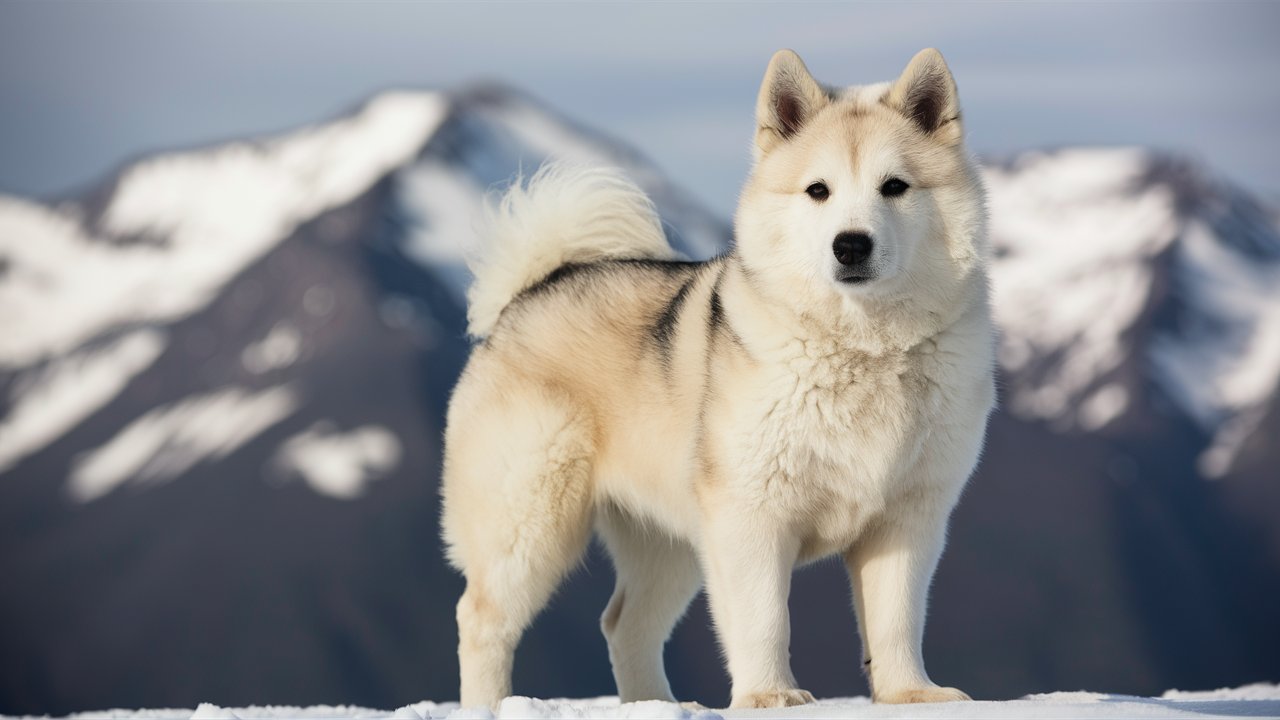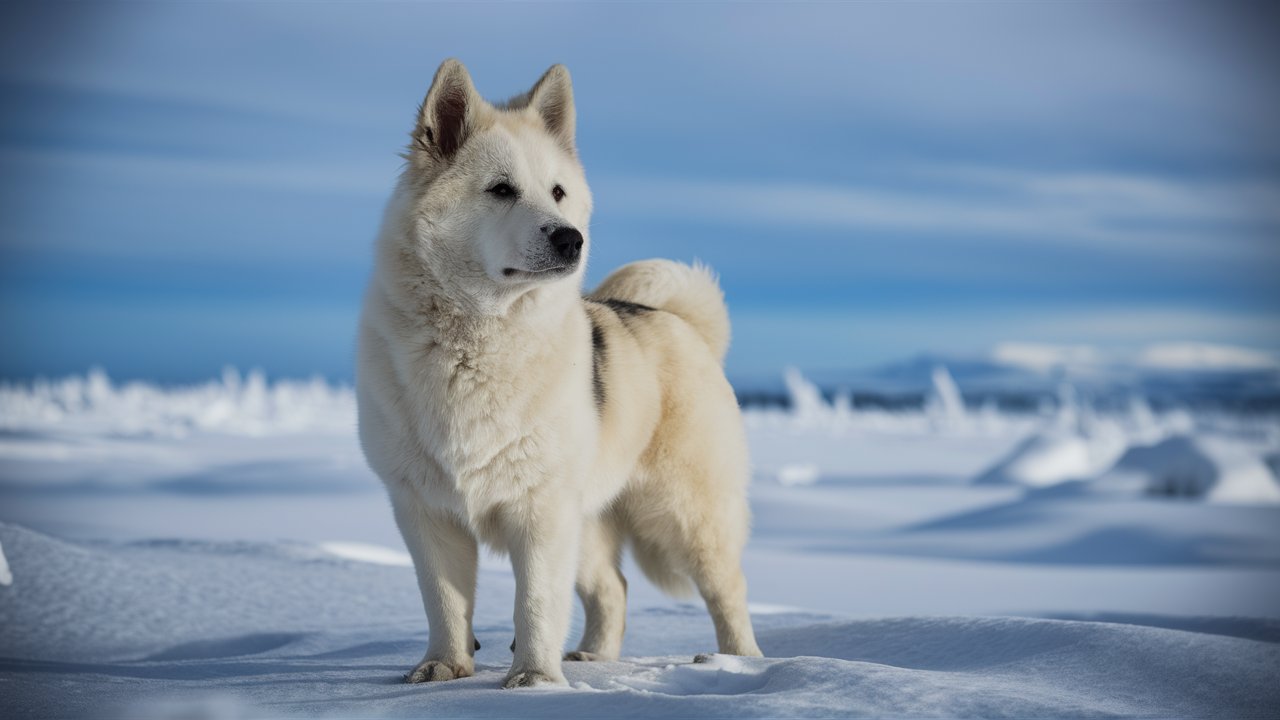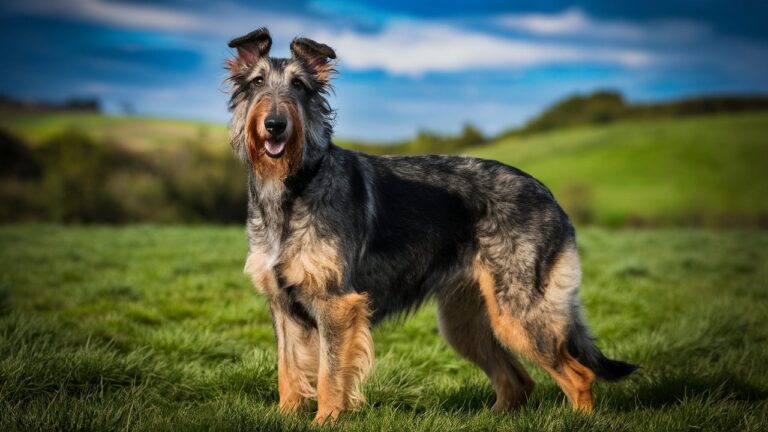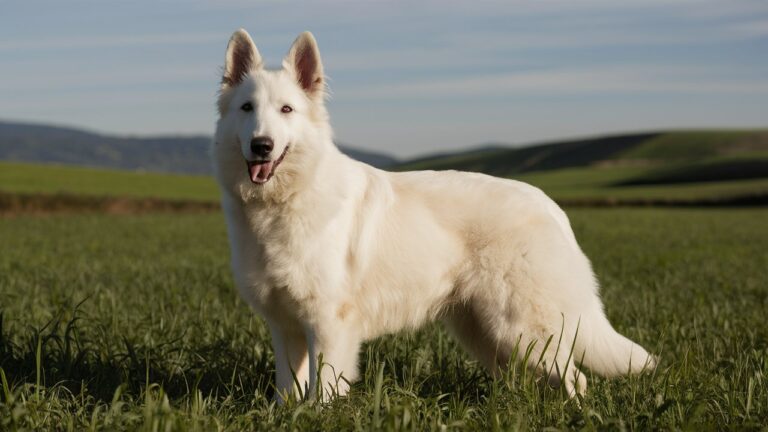10 Fascinating Facts About the Canadian Inuit Dog You Need to Know
The Canadian Inuit Dog, also known as the Canadian Eskimo Dog, is a breed with deep roots in the Arctic regions. This magnificent breed has a rich history and a unique set of characteristics that make it both intriguing and endearing. Whether you are a dog lover or simply interested in learning about different breeds, here are ten fascinating facts about the Canadian Inuit Dog that you need to know.
1. Historical Background

The Canadian Inuit Dog is one of the oldest and rarest indigenous breeds in North America. They were traditionally used by the Inuit people for hunting and pulling sleds in the harsh Arctic environment. These dogs were essential for survival, providing the means to travel long distances over snow and ice and assisting in hunting seals and polar bears. The breed’s history is intertwined with the Inuit culture, reflecting a symbiotic relationship that has lasted for centuries.
2. Physical Characteristics
The Canadian Inuit Dog is a powerful and resilient breed, built to withstand the rigors of the Arctic climate. They are medium to large in size, with males typically weighing between 66 to 88 pounds and females ranging from 55 to 66 pounds. Their thick double coat, which comes in various colors including white, black, gray, and red, provides insulation against the extreme cold. One striking feature is their bushy tail, which they often curl over their back.
3. Temperament and Behavior
Known for their loyalty and intelligence, Canadian Inuit Dogs are highly social animals that form strong bonds with their owners. They are hardworking and thrive when they have a job to do. However, they also possess a high prey drive, a trait that can be traced back to their hunting origins. This means they may not be the best fit for households with small pets. Despite their working nature, they can be affectionate and enjoy spending time with their family.
4. Adaptability to Harsh Environments
The Canadian Inuit Dog is perfectly adapted to the Arctic environment. Their thick fur and robust build enable them to endure temperatures as low as -60 degrees Fahrenheit. Historically, these dogs played a crucial role in Arctic expeditions, including those led by famous explorers such as Robert Peary and Roald Amundsen. They are known for their incredible stamina and ability to travel long distances over ice and snow, making them indispensable to explorers and Inuit communities alike.
5. Training and Intelligence
Canadian Inuit Dogs are intelligent and capable of learning a variety of tasks, from sled pulling to search and rescue operations. However, they can be independent and stubborn, traits that require an experienced and patient trainer. Positive reinforcement techniques work best, as these dogs respond well to praise and rewards. Early socialization and consistent training are essential to ensure they develop into well-behaved and obedient companions.
6. Health and Lifespan
Generally, the Canadian Inuit Dog is a healthy breed with a lifespan of 10 to 15 years. However, like all breeds, they can be prone to certain health issues. Hip dysplasia and arthritis are common concerns, likely due to their active lifestyle. Regular veterinary check-ups and a well-balanced diet can help mitigate these issues. It’s important to ensure they have ample exercise to maintain their physical health and mental well-being.
7. Diet and Nutrition

A diet rich in protein is essential for the Canadian Inuit Dog, given their high energy levels and working background. Traditionally, they were fed a diet of raw meat and fish, which provided the necessary nutrients for their demanding lifestyle. Today, many owners opt for high-quality commercial dog food that mimics this nutritional profile. It’s crucial to monitor their weight and adjust their diet based on their activity level to prevent obesity and related health problems.
8. Exercise and Activity Levels
Canadian Inuit Dogs require a significant amount of exercise to keep them happy and healthy. They are not suited for apartment living or sedentary lifestyles. Daily walks, runs, and opportunities to pull a sled or cart can provide the physical and mental stimulation they need. Without adequate exercise, they may become bored and develop destructive behaviors. Providing them with plenty of outdoor time and engaging activities is key to a well-balanced life.
9. Interesting Trivia and Lesser-Known Facts
One interesting fact about the Canadian Inuit Dog is their unique howling, which can be heard over long distances. This trait was particularly useful for communication in the vast Arctic wilderness. Additionally, their paws are specially adapted to the cold, with thick pads and fur that provide traction on ice. They are also known for their incredible sense of direction, a trait that has helped many lost explorers find their way back to safety.
10. Personal Anecdotes and Stories
A personal story that highlights the remarkable nature of the Canadian Inuit Dog comes from an explorer who ventured into the Arctic in the early 20th century. He recounted how his team of Canadian Inuit Dogs saved their lives during a blizzard. The dogs’ instinctive understanding of the terrain and their unwavering determination led the team to shelter, showcasing the breed’s intelligence and loyalty.

Conclusion
The Canadian Inuit Dog is a breed like no other, with a rich history and an array of fascinating traits. From their adaptability to harsh climates to their loyal and hardworking nature, these dogs are truly remarkable. Whether you are considering adding one to your family or simply interested in learning more, these ten facts provide a comprehensive overview of what makes the Canadian Inuit Dog so special. Their legacy continues to live on, a testament to their enduring strength and resilience in the face of the Arctic wilderness





